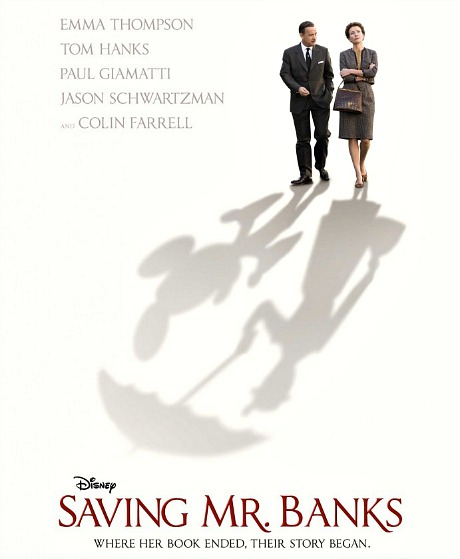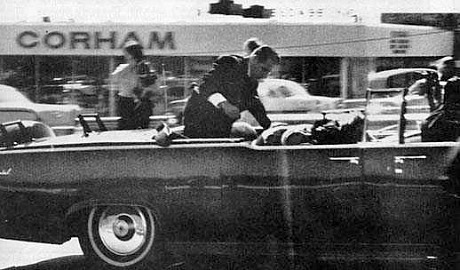The 2013 Locarno Film Festival program was announced today. 2 Guns. A whole lotta George Cukor. Chinatown and Faye Dunaway. It begins on Wednesday, 8.7, and runs until Saturday, 8.17. A smart, elegant, sophisticated gathering. Locarno is in Switzerland, of course, but it’s really northern Italy in almost every other sense — culturally, atmospherically, architecturally. Scores of gelato stands and foodie joints. Pizza, pasta, etc.

I attended ten years ago with Jett and Dylan, who were then 15 and 14. Europe was suffering at the time through one of the worst heat waves in meteorological history, and I remember how we were constantly damp and sweating. (I remember Roger Ebert‘s face being all pink and sweat-beady during an outdoor discussion panel.) The guys and I took an afternoon swim each and every day in Lake Maggiore.





